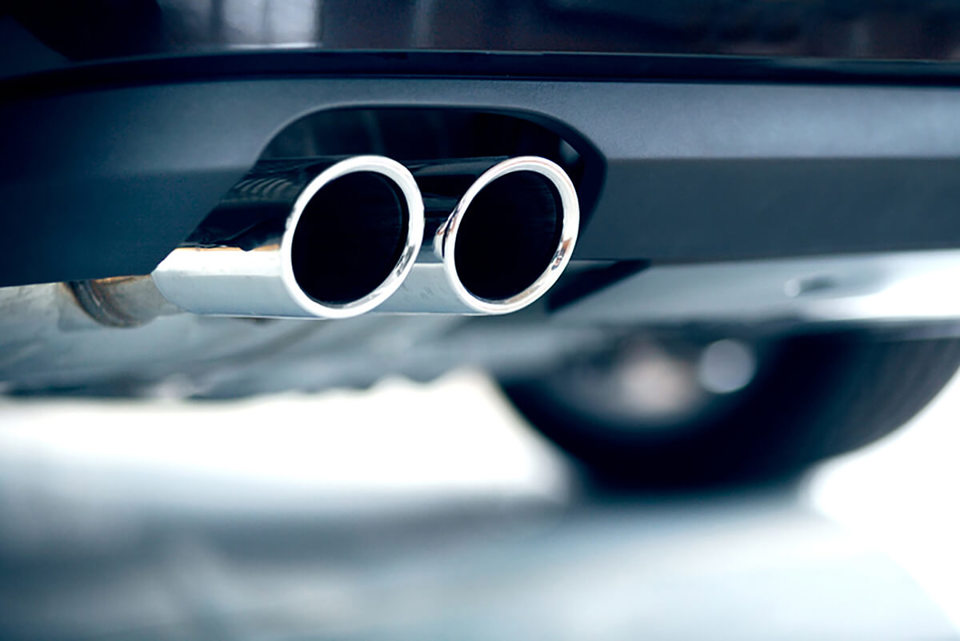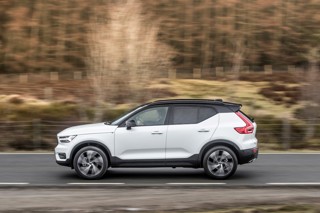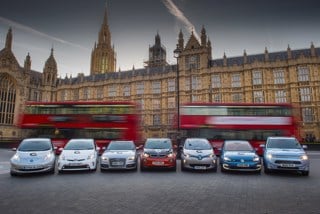The vehicles available to company car drivers on choice lists face being changed by one in six fleets to account for a new emissions testing regime, research suggests.
Arval says that 15% of fleet and mobility managers questioned expect to make some adjustment to the cars on offer thanks to the new Worldwide harmonised Light vehicles Test Procedure (WLTP), which replaces the NEDC test for tax purposes from next April.
Specifically, 12% said they would offer different models with lower emissions, 7% would use more alternative fuel vehicles (AFVs), 6% would choose models with a lower fiscal impact and 4% would reduce the level or category of cars on offer.
Arval says that there are marked differences when comparing companies of varying sizes. For example, when looking at fleets that planned to adopt models with lower emissions, the measure was planned by 19% of businesses with more than 1,000 employees, compared to 15% of those with 100-999 employees, 6% of 10-99 employees and 8% with fewer than 10 employees.
The findings come from the 2019 edition of the Arval Mobility Observatory, which covers 3,930 fleets and asks a wide ranging set of questions about fleet and mobility trends.
Shaun Sadlier, head of the Arval Mobility Observatory in the UK, said: “Now that WLTP figures are starting to become the norm across fleets, we are seeing how businesses are handling their impact in a real world manner.
“The fact is that, while the majority of fleets are not planning changes, a significant minority will be redrawing their choice lists and we are already supporting quite a large number of businesses through this process.”
He continued: “The calculations and the knowledge needed to do this successfully are quite involved and even some large organisations with good internal fleet resources need to look to external consultants to be able to handle the challenge successfully.”
Sadlier says that it was unsurprising the research showed that larger employers were making more changes than their smaller counterparts as a result of WLTP.
“These are organisations that, because of their size, will tend to have a much more structured approach to their company car operations and the impact of WLTP will be clearer, especially when it comes to drawing up choice lists,” he said.
“The ideal outcome for fleets working to accommodate WLTP is to be able to offer a comparable model to each employee but without any kind of taxation penalty. Looking at options with lower emissions, especially alternative fuels, is the obvious route.
“Certainly, several customers with whom we have been working are now introducing vehicles that perform better under the new test, including hybrids and EVs.”
He concluded: “Our general finding is that, in most cases, new choice lists can be created that resolve most of the issues raised by the switch to WLTP and it is helping some fleets move more quickly towards the wider fuel diversity we expect to see develop over the next few years.”
The Government published its long-awaited response to its review of WLTP and vehicle taxes in the summer, with previously published BIK rates for 2020/21 being binned.
Instead, it created two new BIK tables for company car drivers; a table for those driving a company car registered after April 6, 2020, and one for those driving a company car registered before April 6, 2020.
HM Treasury says that for cars first registered from April 6, 2020, most company car tax rates will be reduced by two percentage points.
That means for a pure electric vehicle with zero tailpipe emissions, company car drivers will be taxed at 0%, paying no BIK tax at all.
Furthermore, the zero percentage rate is also extended to company car drivers in pure electric vehicles registered prior to April 6, 2020, who were already looking forward to a much reduced rate of 2% for 2020/21.






















Login to comment
Comments
No comments have been made yet.